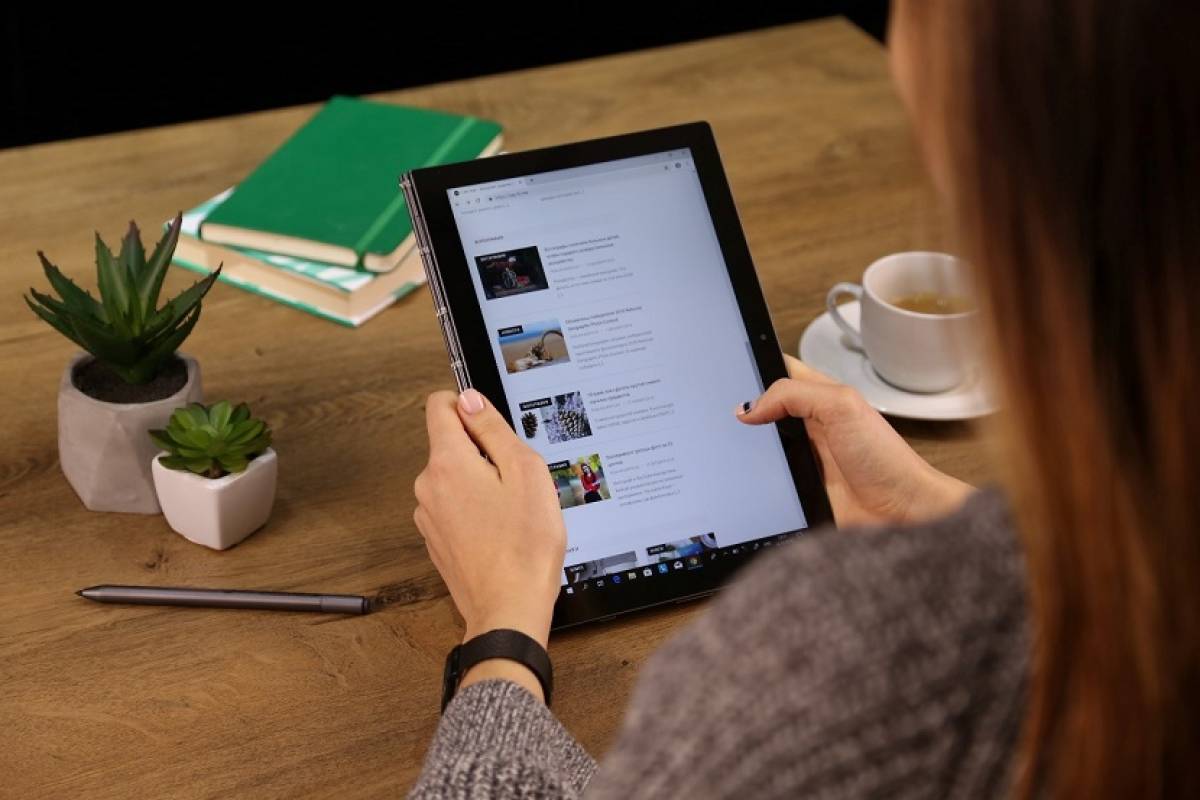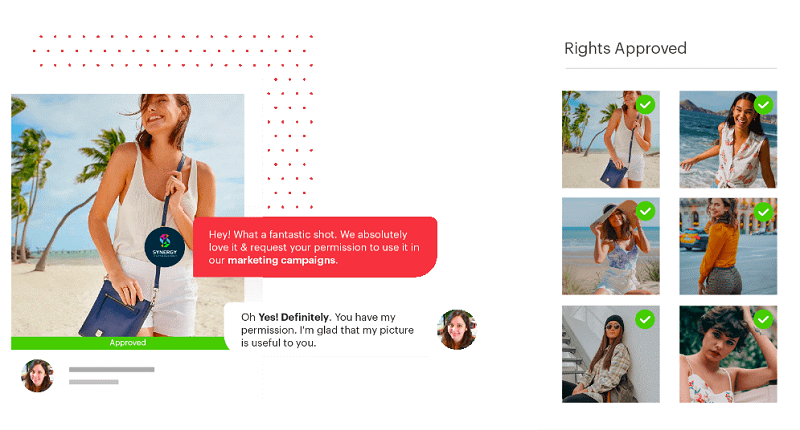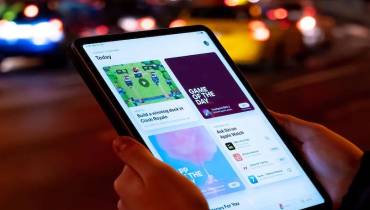Best Content Rights Management Tools for Using UGC Without Copyright Infringement

As the digital ecosystem grows exponentially, brands have stepped out of their comfort spaces and are diversifying their marketing strategies. As such, we're witnessing a radical change in brand marketing decisions.
The conventional way of using branded content to grow businesses is being turned upside down by the newer, more current user-generated content (UGC).
Today, UGC has gained huge popularity among brands and businesses, and it is now of utmost importance for marketing plans. It has proved its effectiveness and impact in the growth of businesses.
A survey from October 2018 revealed that 49% of U.S. internet users had uploaded or shared a video or photo online in the last month. In 2019, Instagram stories created in a single minute totaled 277,777, while the number of user-generated reviews on Goodreads was 90 million in 2020.
Local business review website Yelp had 177 million user generated reviews in 2018, while the hours of video uploaded to YouTube has been increasing at a steady rate, reaching 500 hours of video uploaded to the site per minute as of May 2019.
Even fast rising platform like TikTok and Snapcht have emerged as important channels for user-generated short clips that are immensely popular internet content.
Other popular user generated content that savvy brands can tap into include content such as Wikis, question-answer databases, forums, podcasting, and mobile phone photography.
While all these digital media platforms are rich in user-generated content, brands cannot just use and enrich themselves with such content without getting users' consent.
To work with UGC without the risk of legal or other troubles, brands need to acquire user-generated content permission from the users. For that, it’s important to know all about user generated content rights management, why it is important, and how to acquire it.
Let’s give you a primer on all that…
What Is User-Generated Content Rights Management?
Often brands use customer generated content for fulfilling their marketing needs to enhance engagement and sales. UGC being an asset for the brands, needs to be protected.
But how can you protect your UGC assets?
Content rights management is a key solution to this. It is when brands assume permission from the creators of UGC before using their content for marketing campaigns.
Remember, it is extremely important for brands to acquire legal content rights from users to stay free from any copyright infringement cases and legal actions.
In simple terms, content rights management is the system of seeking formal consent from users to repurpose their created or user-generated content for promotional activities and campaigns.
Significance of Content Rights Management
Before brands jump into the user-generated content repurposing arena, they should fully understand the growing concerns with user’s rights and infringement issues that are prevailing in this area.
To safeguard their reputation, brands need to have user’s permission before reusing their content.

In a nutshell, here are some of the key reasons why brands need content rights management:
1. Legal access to user-generated content
UGC is the pool of dynamic, authentic, trustworthy content that helps brands to humanize their business and products for successful marketing campaigns.
Seeking permission from the content creators helps brands to have express, hassle-free user permission to use and possess this content.
2. Dignified brand image
Leveraging UGC for marketing campaigns in an infringing way can degrade a brand's reputation and cause a major backlash and loss of growth for the brand.
However, using a rights management system can help your brand to acquire content rights legitimately without hampering the brand's image.
3. Strengthen brand-user relationship
Acquiring users' content for your brand’s promotion with UGC is a great way to acknowledge the user’s talent and hard work.
It builds a strong bond and healthy relation between the brand and the user. This in turn amplifies customer’s loyalty towards the brand and intensifies trust.
Tools to Manage UGC Rights
Many tools provide the platforms for brands to conveniently and effectively get consent from the UGC creators. Some of the best tools you can use are:
1. Taggbox
Taggbox is an amazing UGC rights management tool. It follows a few simple steps to acquire the user’s rights.
It discovers and filters out all the relevant content from diverse social platforms in your Taggbox feed. It then allows you to curate from 15 social media channels and different types of content like images, videos, text, etc.
On the editor page, you will see the Generate Request option under each post. You can generate a request by clicking on the icon. It provides you with the option of customizing your own request statement, brand logo inclusion, and uploading UGC T&C as per your brand policies.
After creating the request, it allows brands to share the request with the user directly and thus making it more authentic and reliable.
These requests not only give you the UGC rights, but will also help you to improve your credibility and brand-user relationship, as well as enhance the trust of the user for your brand.
Taggbox assures that your brand is utilizing UGC in a rightful way by gaining permission from the content creators.
2. Tint
Tint offers you to repurpose your UGC legally and safely through various marketing channels. Its UGC rights feature generates the link to send a request to users. After the approval of the request, the image can directly be opened within Tint.
Tint copyright detention automatically detects copyright infringement cases so that you can legally reuse the content for marketing.
3. Stakla
Stakla makes it easy for you to ask permission to turn user-generated content into brand assets. It helps you to gain legal rights from content creators on any platform, like Instagram, Pinterest, Facebook, and use it for advertising.
Its rights management forms allow the brand to ask the creators to upload the full resolution image as a part of the rights approval process.
Also, its rights request audit logs keeps records of every request that is made along with all the relevant information, such as date and time, request message, attached terms and conditions, and status of the request.
4. Crowdriff
Crowdriff, as a content right management system, helps in the easy discovery of visuals and images on social media using hashtags and descriptions so that you have to spend less time searching and more time in utilizing the content.
It allows you to send multiple rights requests in a short period. Also, it lets you pre-set a wide variety of comments to be used automatically while generating a request.
It automates the process of tracking the requested content to know pending requests and approved requests. It also keeps the records of granted rights by taking the screenshot every time a user accepts a request.
5. Miappi
Miappi is another great rights management tool that helps you gain user’s rights to reuse their created content for marketing purposes.
Using their Miappi Engage feature, you can request the permission of using the content by clicking on the UGC link. You can even add a link to your brand’s terms and conditions.
Its in-build status update lets you know about the pending and approved requests.
Conclusion
UGC can prove to be advantageous for your brand’s growth if utilized legally and rightfully. Using copyrights infringing or other unauthorized means to reuse the content can put your brand under scrutiny followed by copyright issues.
Stay free from any such legal jeopardies by ensuring your brand gets users’ permission and consent before using UGC.
The aforementioned content rights management tools can effectively help you do just that.


![9 Tips for Managing Your Online Writing Projects Efficiently [node:titile]](/sites/default/files/styles/thumbnail_rectangle/public/open-book-laptop-online-writing-tips.jpeg?itok=iq4PIT7b)


















